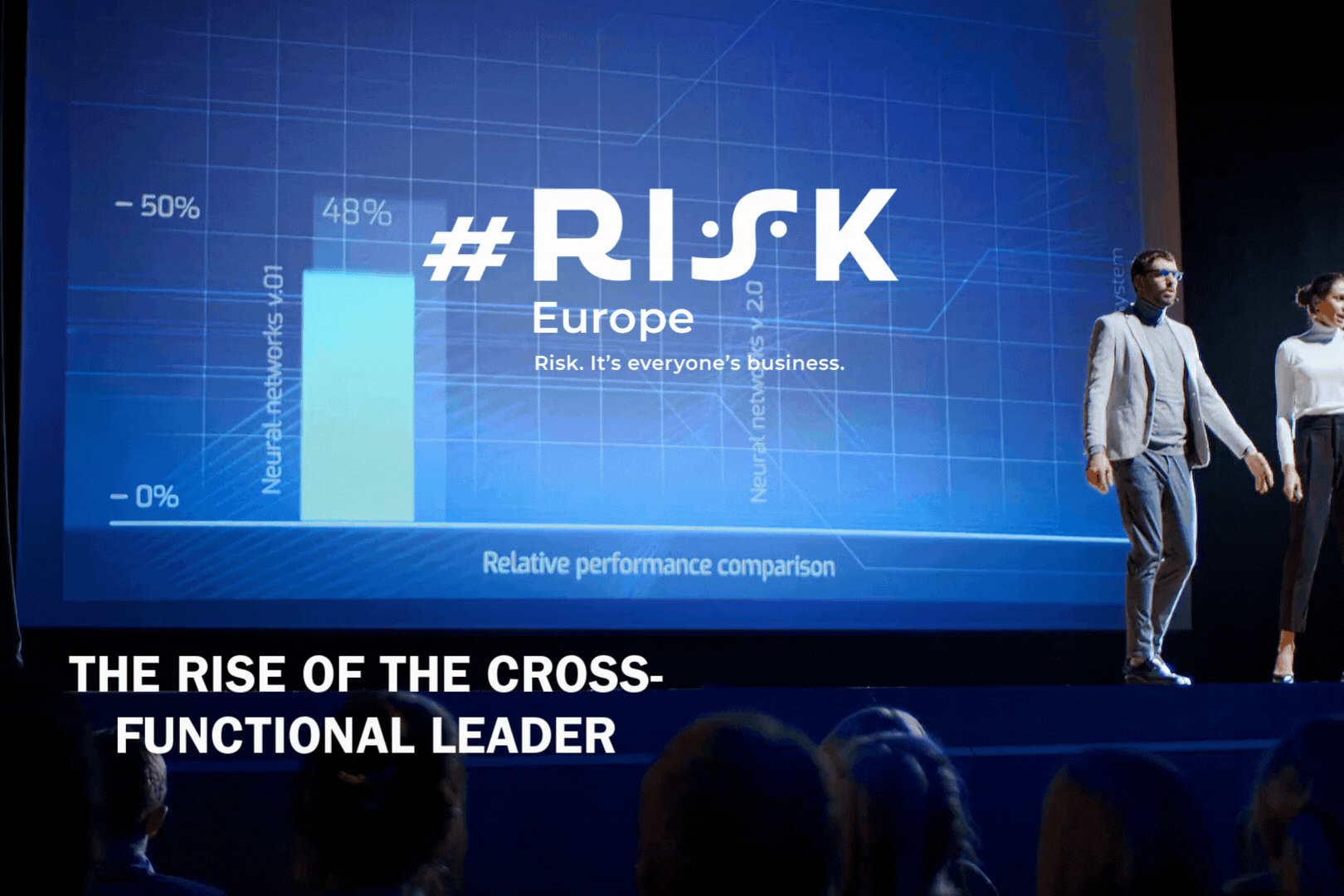New research has found over half of Europeans have experienced at least one type of fraud in the last two years.
Identity theft is rapidly expanding, causing substantial financial loss to millions of people all around the world. This invisible crime is also widespread across the European countries, where the growing number of consumers is targeted by sophisticated fraudulent scams each year, both offline and online.
Data gathered by Finanso.se, revealed that 56% of Europeans have experienced at least one type of fraud in the last two years, to which a third of them became victims of identity theft. Thus, identity theft has become the second most-common type of fraud in Europe.
United Kingdom, Ireland and Denmark Have the Highest Rate of Identity Theft
In 2018 and 2019, the European Commission Survey on Scams and Fraud Experiences by Consumers, revealed that the most frequently encountered type of fraud in Europe was monetary scam, with 39% of respondents reporting this type of criminal activity.
Identity theft ranked second, accounting for 33% of all fraud attacks. A further 23% of consumers reported buying scams, thus ranking it the third most-common type of fraud activity in Europe.
Western Europeans are more likely to have experienced identity theft fraud in the last two years in comparison to other regions.
Statistics show that the UK is ranked as the leading country, with 53% of respondents experiencing identity theft fraud, followed by Ireland (50%), Denmark (45%), Netherlands (42%), and France (39%).
The survey also found that Western Europeans have had issues with protecting sensitive information despite there being progress in identity theft protection technologies and solutions.
Countries with the lowest identity theft rate were Cyprus, Bulgaria, Hungary and Estonia, all with less than 10% of respondents experiencing this type of fraud.
Scams and Frauds Caused €24bn Loss in Two Years
Nearly half of all identity theft attacks occurring in European countries have happened by email, whilst 39% of attackers used phones. Online ads, text messages, and social media platforms follow with 5%, 4%, and 3%, respectively.
The statistics show 25% of Europeans exposed to any fraud suffered financial damage, causing a total loss of around €24 billion in two years.













No comments yet